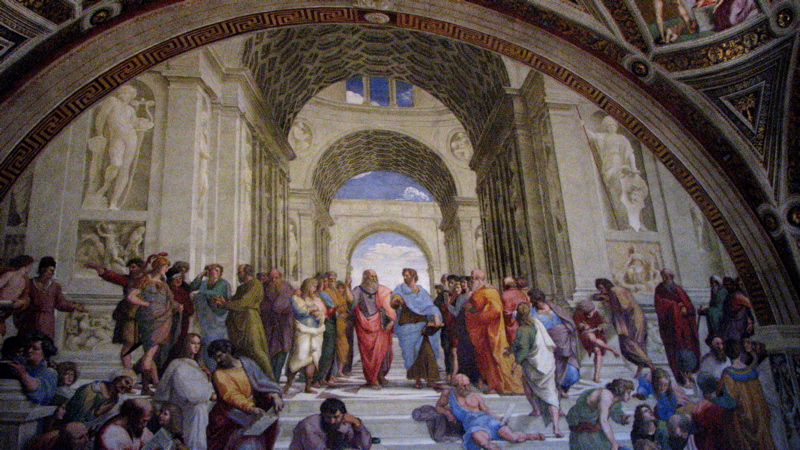
School of Athens,(realist and idealist walk side by side) Raphael, Vatican collection, Rome.
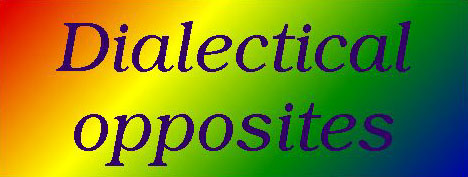
Dialectical means having contradicting qualities.
Plato and Aristotle, are painted in red and blue togas from the above fresco entitled the School of Athens, by Raphael in 1510-1511, had opposing beliefs about the character, origins and function of the world.

 from dialectic, dialect, dialectical method. To investigate logically.
from dialectic, dialect, dialectical method. To investigate logically.
Greek meaning: The art of argument. Aristotle
di [two] + lect [spoken] = dialektos Ôdiscourse, way of speaking,Õ
The logical investigation describes contradictions in concepts and ideas that bias our understanding of the facts. The inquiry into the existence of contradictions is performed to determine the truth of an assertion, and was at the core of the Greek, Roman and later Medieval comprehension of the world. The dialectic, or the means to distinguish the contrasts among varieties of things, discovering opposing relations in order to recognize patterns, or examine divergences between contrary means to order objects or experiences.
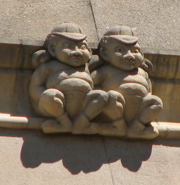
Dialectic was one of seven steps to practice in the mastery of knowledge in the Middle Ages.
Jacob Bronowski argues that
“There have always been two ways of looking at truth”
1. faith in self evident truths
2. doubt (skeptically), be skeptical
“by doubt we are led to inquire and by inquiry we perceive the truth.”
quotes Peter Abelard.
Knowledge of opposites is called a synthesis.
Examples.
For example:
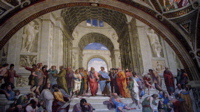
School of Athens
meaning |
| Plato |
Aristotle
|
| This apparent material world is an illusory reflection of universal forms eternally persisting in the living Cosmos. |
The Cosmos is composed dialectically of four material elements we intuit from our sense (several senses) that the world is real. Existence is reality that informs us about our origins, character and moral duties to one another |
We are born with knowledge of everything but on birth we forget what is known and must spend our life recalling what we have forgotten.
Through dialogue we interrogate one another to determine the verity of our recall. Humans are moral agents with a duty to ethically take responsibility for our actions.
|
Knowledge is acquired by analytically inspecting the world empirically and then comparing that evidence we observe to what we rationally theorize must be true.
Thus to comprehend the world we must engage it to learn the moral lessons to promote the "Good."
|
|
Idealist
|
Realist
|
| Aesthetics and Ethics are guides for our public duty and rules. |
NOMOS - law is our defense against the tyranny of custom. |
| |
|

|
Knowledge or gnosis comes from dialectical argumentation that means the comparison from two different means of analysis, or a negation of the original concept in order to ascertain the power of any evidence to influence a correct conclusion.
¥ for Philosophy see Ð http://plato.stanford.edu/

The four varieties of knowledge are order, patterns, relation, & objects. These four categories, in an open mind, should lead to wisdom, but there is no guarantee that dialectical thinking will always end at wisdom.
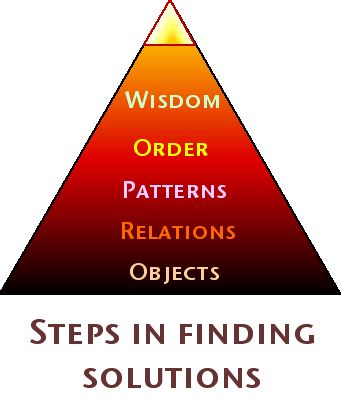
Bateson's laws and questions.
For example see Murray Gell-Mann's division of the world into two opposing systems.
Ten ecological laws that describe natural relations among living creatures and between populations and their coevolving communities.
words | landscape | photographs
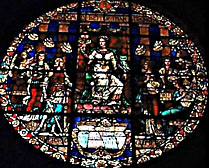
meaning using opposites, or contrary
ideas to argue.

Literally:
The practice of logical discussion as a means of examining critically the truth of a theory or opinion.
Dialectic of Solitude, Octavio Paz.
Figuratively:
A
means of presenting contrasts as in photos or painting contrasts bring out
the desired image can reveal the essential qualities underlying any complex
or simple subjects may mislead due to over dramatization or simplification
of two sides of otherwise many sided argument.
Octavio Paz interprets dialectical thought.
Dialectical approaches to thinking about the world and analyzing significant questions is basic to all real knowledge. In a fundamental sense, dialectic perspectives are necessary for effective decision making.
For an example see 

 Dialect
Dialect
A
divergence from the original, ancestral or root, colloquial expressions in
any language distinct from the more widely spoken forms of language.
 diad
diad Opposite
from diad meaning two, comparing two things
(Diagram,
diagnosis)
Dia + gnosis meaning
gnosis, to know; knowing something from two different means or divergent approaches.
lactic
From
lexis means word, words (lexicon, legend) speaking, speech, spoken words or lyric. Speaking is a dialogue when engaging another's attention, otherwise what we say is a monologue – or speech.
Greek
originally meaning a conversation or dialogue.
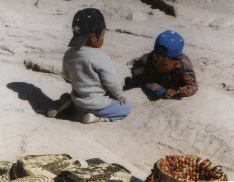
Two Raramuri boys in Mexico; play may be the practical origins of dialog.



To
contradict in order to determine the reason or rationale of something.
| Pro |
assert |
plaintiff |
prosecution |
promote |
ideal |
propose |
support |
| Con |
refute |
defendant |
defense |
demote |
real |
oppose |
condemn |
or
| Pro |
Con |
prefix (before)
|
suffix (after)
|
add +
|
subtract -
|
multiply X
|
divide Ö
|
advocate
|
denigrate
|
| synonym |
antonym |
one |
many |
day |
night |
positive |
negative |
plus |
minus |
predator
|
prey
|
adult
|
child
|
Antonyms
Opposites reveal how matter is arranged:
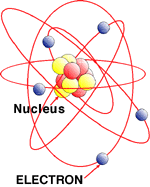
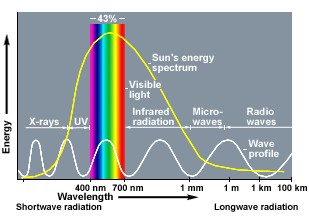
Short versus, Long wave radiation or ionizing radiation versus thermal (heat) radiation.

 positively vs. negatively charged particles.
positively vs. negatively charged particles.
Proton
versus electron
|
|
|
Proton |
|
Electron |
| 1836 times |
|
mass equal to 1. |
Positive |
|
Negative |
|
Duality
|
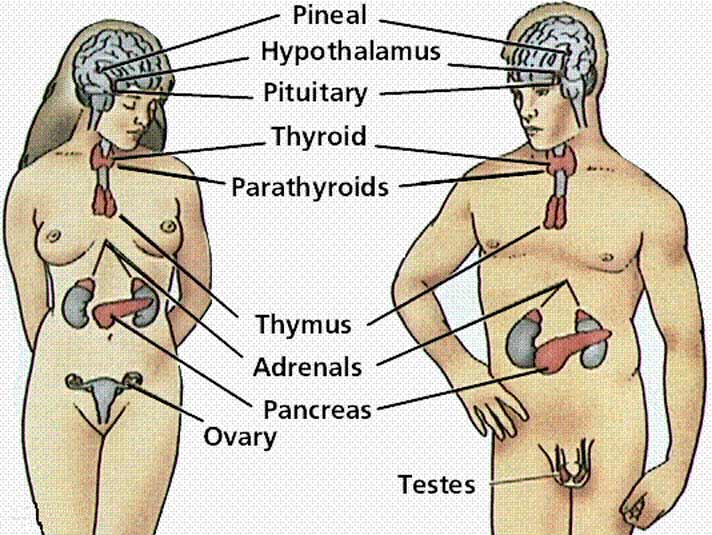
|
|
female
|
male
|
|
We
posses a left and right side
|
A ventral and dorsal surface.
|
|
up and a down
|
inside and an outside
|
|
A beginning
|
an ending.
|
So a synthesis of opposites is always more revealing than to see the world in opposing terms
Two similar architectural features joined by an archways.
Below is the exterior of a reconstruction of Constantine's Basilica at Trier, one of the capitals of the Roman Empire, The plan of the building was incorporated into the earliest Christian churches as the common basilica or town hall were the municipal meeting places or venues for law courts in ancient Roman society. Much of the buildings design and construction rested on a union of opposite features.
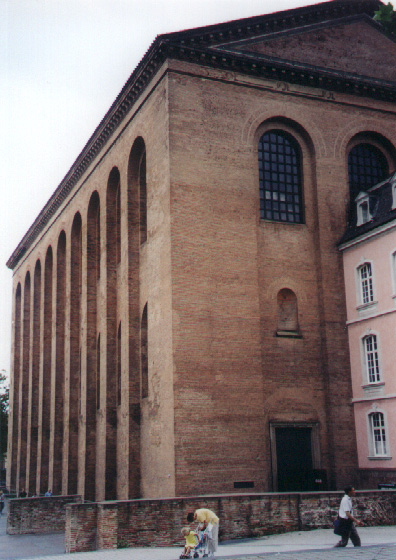 What
in the chapel appears to be arranged in pairs or opposite sides?
What
in the chapel appears to be arranged in pairs or opposite sides?
An
arch,
set
perpendicular to another arch at its center point
is a vault
phonic
versus anti-phonic
Narthex
versus Altar
What
is a vault and how is it constructed?
Dialectical
refers to the capacity to see an inherent opposition between two things, literally. Figuratively it implies the capability to understand contradictory points of view. A dialectic
embodies the ability to set arguments side by side in order to determine
their relative structure, factual evidence, and believable qualities.
Thus
when choosing to compare and contrast positions a dialectical emerges from
the differences that are delineated by listing points and counter-points to
every description and argument that is presented by a piece of writing, an
exposition, or an essay. There is always an opposite perspective to the assertions
of an argument.
see method
An exception that proves the rule that reality being best understood by dividing its parts into opposite qualities .

|
|
|
Proton |
|
Neutron |
Positive |
|
No charge |
But
we construct the world out of opposites and by uniting these apparent polarities
in a structure we make use of contrasts in order to see more accurately what
it is we are perceiving. Genuine, authentic knowledge only emerges from a
contrast of opposites.
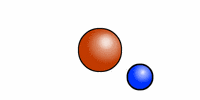
The problem is that an atom is really composed of negatively charged electrons (blue ball) and positively charged (orange ball) protons.
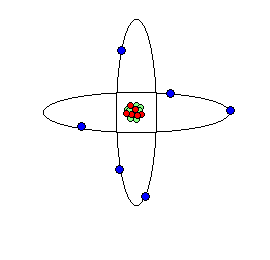
Carbon atom animation
protons are red, + , positively charged.
electrons are blue, Ð , negatively charged.
neutrons are green, ¿ , uncharged.

An arch, any arch is a composition of opposing forces to raise a great structure. Just as an atom is composed of opposing forces of electrical charges that sustain the great structure of the material world. Atoms bond into compounds and compounds into molecules that make up the different things we see, touch, sense and are made up of from the world around us.
Last
Updated on
June 22, 2007.
By
Joseph Siry
schedule | Research home | Atlas | site-map | Ecology | laws | reliable
web sites | quick look
Science
Index | Site Analysis | Population
Index | Global Warming Index | Nature
Index | Research sites | Genes
Terms | Glossary | Word
webs | Basic vocabulary | Advanced Vocabulary | Etymology | Concepts
Writing | Interviews | Free
Writing
Home | Site Map | Overview

![]()
 from dialectic, dialect, dialectical method. To investigate logically.
from dialectic, dialect, dialectical method. To investigate logically. 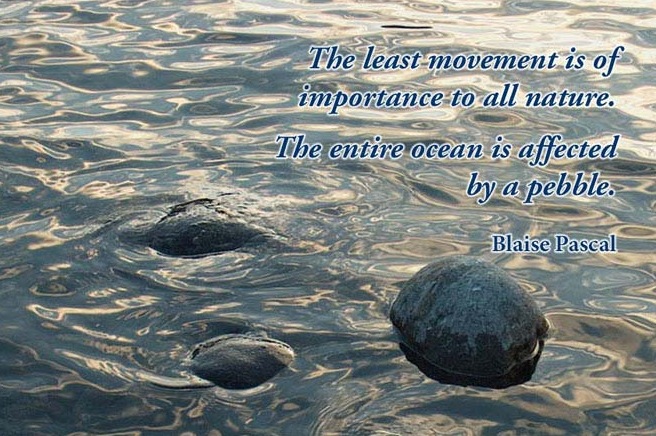

![]()
![]()
Dialect










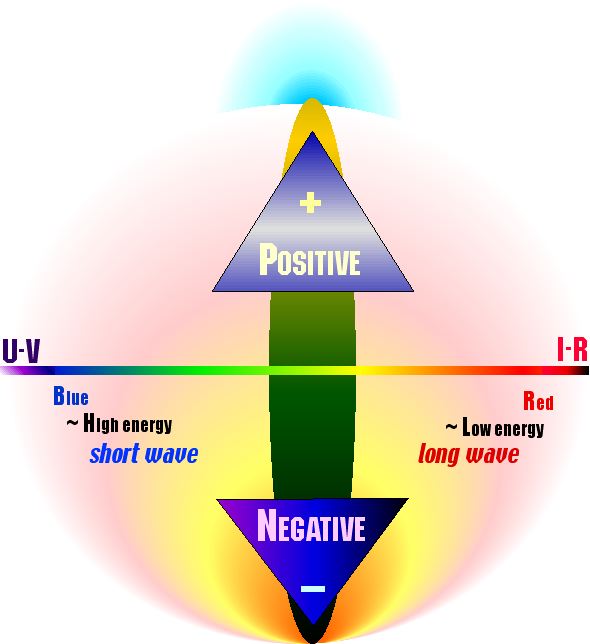




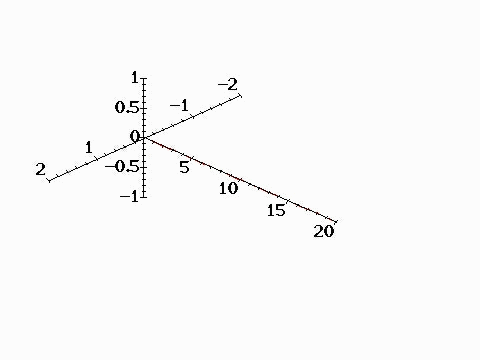

 What
in the chapel appears to be arranged in pairs or opposite sides?
What
in the chapel appears to be arranged in pairs or opposite sides?



